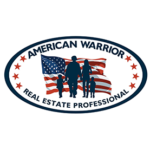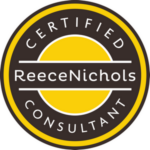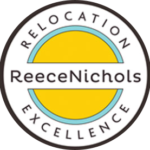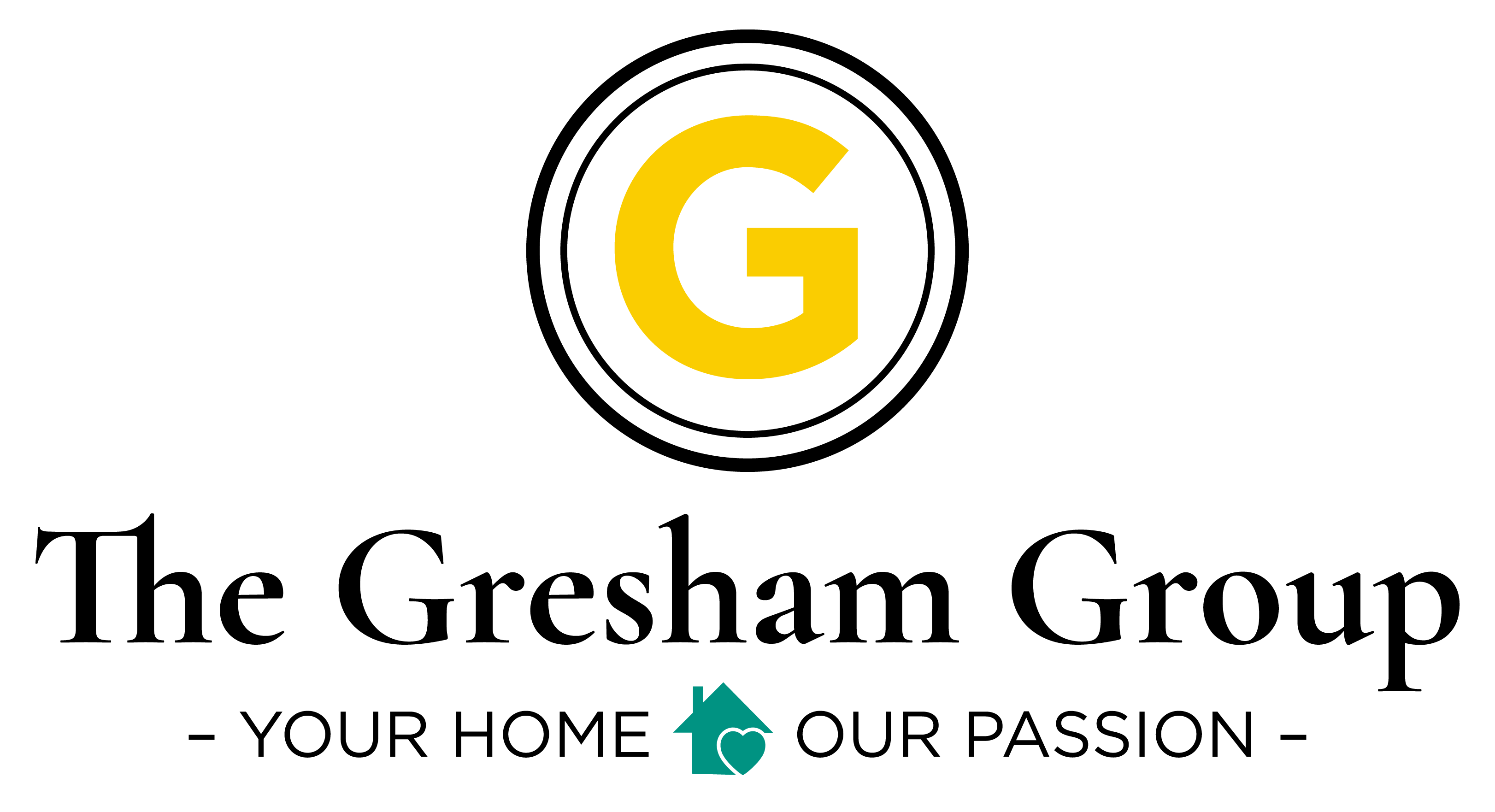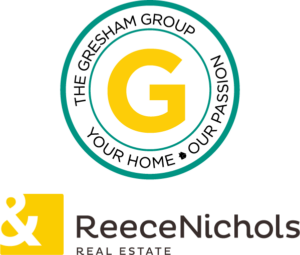Whether you’re looking to buy your first home, upgrade, or sell, here’s the insider scoop on navigating what to expect. The housing market is finally catching its breath after the wild ride of previous years. Mortgage rates are showing signs of stabilization, creating a more balanced environment for both buyers and sellers.
Home Buying Strategies
Home Selling Strategies
2025 is about smart moves, not desperate ones. Whether you’re buying or selling, patience and preparation with The Gresham Group is exactly what you need. Read the latest blog post to learn more home buying and selling pro tips for the coming year.
Tips of the Trade
Homeowner’s insurance is crucial if something unexpected happens, like a fire or burglary. When you have a mortgage, your lender wants to make sure your property is protected by insurance. That’s why lenders generally require proof that you have homeowner’s insurance. We asked a few questions to our preferred insurance agent, Mindy Lanning with Allstate, on the topic.
What’s the approach to knowing how much homeowners insurance is needed?
- Cover Rebuilding Costs: Make sure your policy covers the cost to rebuild your home (replacement cost), not its market value.
- Protect Your Belongings: Take inventory of your personal items and choose coverage that pays either the replacement cost (new value) or actual cash value (depreciated value).
- Add Liability Protection: Include enough liability coverage (typically $300,000 to $500,000) to protect against lawsuits if someone gets injured on your property.
- Include Living Expenses: Ensure your policy covers temporary living costs if your home becomes uninhabitable.
- Prepare for Disasters: Add extra coverage for risks like floods or earthquakes if needed.
- Cover Special Items: Get extra coverage for valuables like jewelry or art if their value exceeds your policy’s limits.
How often should a homeowner review their policy?
Homeowners should review their insurance policy at least once a year as a best practice. This ensures your coverage stays up to date with any changes in your home, lifestyle, or local market conditions.
What are common exclusions to policies?
- Natural Disasters
Flood Damage: Requires separate flood insurance.
Earthquakes: Usually excluded unless you purchase specific earthquake coverage.
Landslides/Mudslides: Typically not covered, even under flood insurance.
- Maintenance-Related Issues
Wear and Tear: Routine maintenance problems like roof deterioration or plumbing corrosion.
Mold: Often excluded unless caused by a covered peril like a burst pipe.
- Neglect or Intentional Acts
Damage caused by neglect (e.g., failing to address a leak) or intentional actions by the homeowner is excluded.
- Business Activities
If you run a business from home, damages related to it (e.g., equipment or liability) aren’t covered unless you have separate business insurance or endorsements.
- Sewer and Drain Backups
Damage from sewer or drain backups usually requires additional coverage, known as sewer backup insurance.
What’s one overlooked thing when it comes to homeowners insurance?
Homeowners often assume their standard policy covers “all risks,” only to find out too late that they are unprotected against these types of events. Reviewing exclusions in your policy and purchasing additional coverage if needed is crucial to avoid unexpected out-of-pocket expenses.
Replacement vs. Cash value:
Replacement Cost (RC) Pays to repair or replace your home or belongings with new materials or items of similar kind and quality, without deducting for depreciation.
Pros:
- Ensures you can fully rebuild or replace items without worrying about their age or current value.
- Provides peace of mind for restoring your home and possessions to their previous condition.
Cons:
- Typically more expensive in terms of premiums.
- Requires accurate estimates of replacement costs to avoid being underinsured.
Actual Cash Value (ACV) Pays the depreciated value of your home or belongings at the time of loss. This considers wear and tear, age, and current market value.
Pros:
- Lower premiums compared to replacement cost policies.
- Good for those seeking basic coverage at a reduced cost.
Cons:
- Payouts may not be enough to fully repair or replace items, leaving you to cover the gap out-of-pocket.
- Depreciation can significantly reduce the value of older items.
Example: Replacing a Roof
Replacement Cost: If a damaged roof costs $20,000 to replace, the policy pays the full $20,000 (minus your deductible).
Actual Cash Value: If the roof is 10 years old and expected to last 20 years, its value is depreciated by 50%. The policy would pay only $10,000 (minus your deductible), leaving you to cover the rest.
Contact Information: Mindy Lanning 816-878-7245 or Mindylanning@Allstate.com

Winter Home Maintenance Checklist
As temperatures begin to dip below freezing, it’s best to make your list and check it twice. Winter’s harsh conditions can wreak havoc on a home if the structure isn’t properly maintained and winterized. Performing these tasks to winterize your home’s interior and exterior will prevent costly repairs!

Ice Damming
Prevent ice damming by clearing the roof and gutters of white slush after heavy snowstorms. If ice dams begin to form, moisture may seep below your shingles and into the interior wall cavities and subfloors creating significant damage to your home’s interior and personal belongings. This moisture can also lead to unseen mold growth.
Attic
Check for leaks in the attic and crawlspaces. Rodents and other invited guests may intrude to take warmth this winter. Take a minute to look around!
Electrical
Inspect electrical panel for moisture, rust, and general operation of circuit breakers. If there appears to be damage, call a professional immediately.
Furnace Filters
Replacing your furnace filters regularly will help prevent dust, dirt, mold spores, bacteria, allergens, and even candle soot from building up within the air of your home. The life cycle of your furnace and its efficiency is also affected by the replacement of air filters. Also, make sure your heating system is inspected by a professional so you can be confident your system will be in working order when cold temperatures hit.
Appliances
Clean appliances (inside and out) and vacuum coils to prevent dust from accumulating. Any household cleaning product will do but opt for cleaning with white vinegar or baking soda to also absorb stubborn odors.
Last Minute Shopping
Perhaps you have a friend or family member who has just purchased their first home, or maybe they’re about to complete their third move in many years.
Either way, those moving into a new house deserves to be celebrated. Moving is stressful, after all, so why not lighten a loved one’s load with the best gifts that will make the process of transitioning into a new space a bit sweeter.
We’ve rounded up our gift ideas that aren’t just fun to receive — they’re useful and efficient too.
- Solar Pathway Lights
- Cuisinart Frozen Yogurt & Ice Cream Maker
- Bissell Little Green Machine & Upholstery Cleaner
- Smart Thermostats or LED Lighting
- Espresso Machine and all the fixings
- Smokeless Firepit
Feeling Inspired?
The hottest hues are out for 2025 and at The Gresham Group, we’re seeing a theme. Neutral, earthy tones mixed with bold, risk-taking shades like deep purples and rich navy are inspiring home owners to add some personality. But, before you go all-in on a whole home refresh, we want you to know this doesn’t just apply to paint! Accent furniture and home dećor pieces in these color palettes can fill the space with warmth.
Hover over the palettes below reveal the palette in-use.
Real Estate Market Update
Kansas City Regional Association of REALTORS® shows us that average prices are continuing to improve, as sellers are enjoying the perks of the season.
Question of the Month
Salt or Sand. What’s the best for slick spots and driveways?
Salt is considered better than sand for removing ice and snow as it actively melts ice, while sand primarily provides traction by creating a rough surface without actually melting the ice; however, sand might be preferable if you are concerned about damaging your concrete with salt or if temperatures are very low where salt is less effective.
Key points about salt and sand for driveways:
Salt melts ice: Salt lowers the freezing point of water, allowing it to melt ice more effectively than sand.
Sand provides traction: While sand doesn’t melt ice, it creates a rough texture that helps prevent slipping on icy surfaces.
Salt can damage concrete: Over time, salt can corrode concrete, especially if used excessively.
Sand is less damaging: Sand is generally considered less harmful to concrete and vegetation compared to salt.
Deck the Halls
All of our holiday favorites to share with you and yours this holiday season.
Head to Spotify and search The Graham Group.





